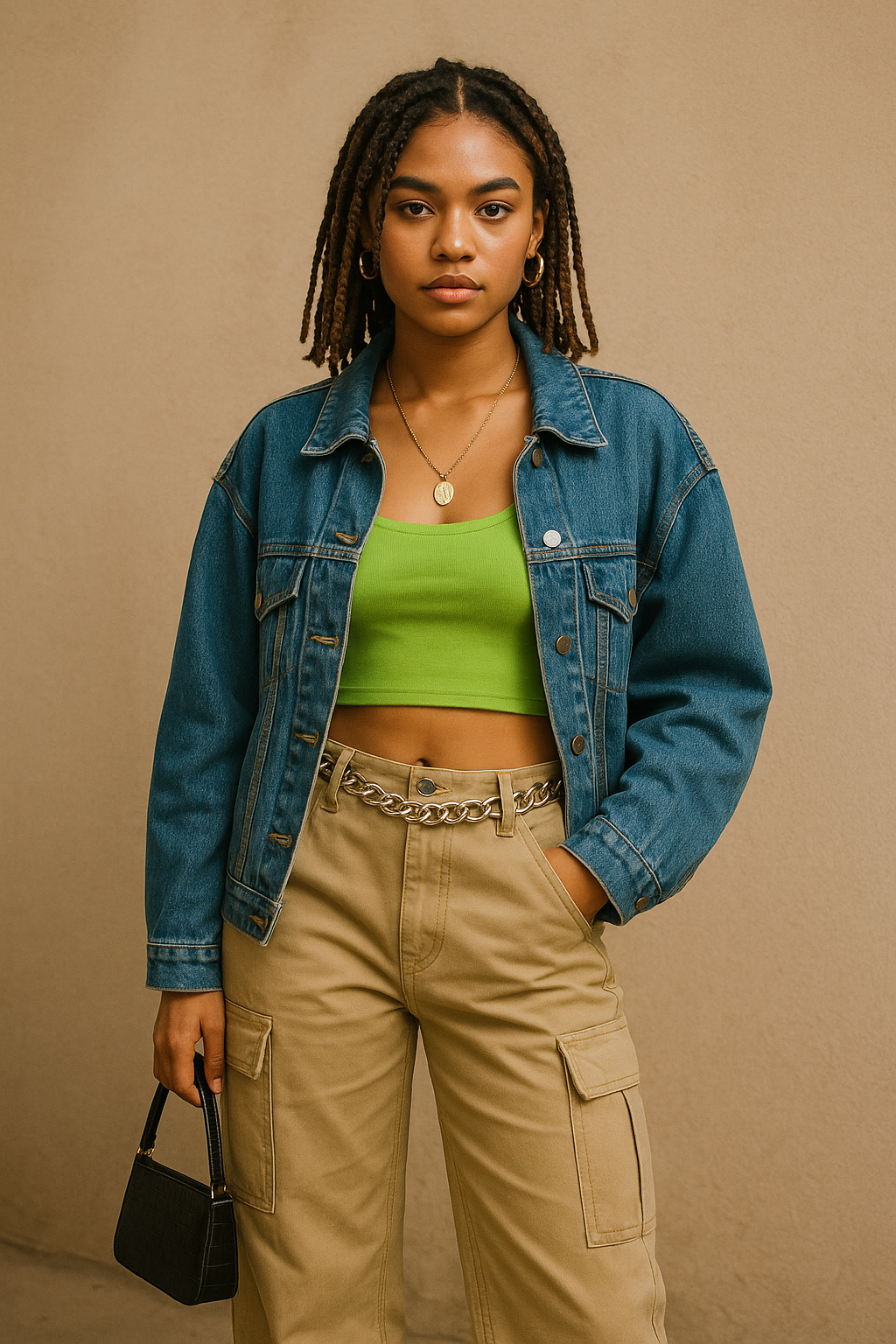
1. Fashion as Identity
For Gen Z, clothes aren’t just outfits—they’re statements. Whether it’s streetwear inspired by skate culture, gender-fluid clothing lines, or cottagecore dresses, every look says something about who you are. The rise of thrift shopping and DIY fashion also reflects the desire to stand out instead of blending in.
Self-expression: Mixing high fashion with thrifted finds
Gender-neutral styles: Breaking away from traditional “men’s” and “women’s” sections
Cultural influence: Embracing heritage pieces alongside modern aesthetics
2. The TikTok Effect
Social media has always influenced fashion, but TikTok has turbocharged the process. Micro-trends now rise and fall in weeks. A single viral video can sell out an entire brand’s stock overnight.
Some of the hottest viral trends in 2025 include:
Eclectic layering (clashing prints and textures that somehow work)
Retro-futurism (Y2K metallics blended with modern silhouettes)
“Soft business core” (office-ready, but with casual Gen Z twists)
3. Sustainable Style
Eco-consciousness is one of Gen Z’s biggest values. Fast fashion isn’t going away, but there’s a growing push for sustainable practices. Shoppers are demanding transparency, ethical labor practices, and lower carbon footprints from the brands they support.
Thrifting and upcycling are no longer niche—they’re mainstream
Circular fashion (buying, reselling, renting) is becoming normal
Eco-materials like mushroom leather and recycled plastics are on the rise
4. The Digital Wardrobe
The future of fashion isn’t only physical. Digital fashion is booming, with AR try-ons, metaverse outfits, and NFT clothing drops giving users the chance to flex online. While some digital garments are just for fun, others link to real-world purchases, bridging the gap between virtual and physical style.
For Gen Z, digital fashion means two things:
Sustainability—less waste from fast fashion
Creativity—outfits that defy physics and reality
5. Inclusivity and Representation
Diversity is no longer optional. Brands that fail to reflect the real world are being left behind. Campaigns featuring models of different sizes, skin tones, and abilities are celebrated—and expected.
This shift has made body positivity, modest fashion, and adaptive clothing front and center. Gen Z is showing the industry that fashion must be inclusive to be relevant.
6. Fashion Meets Tech
Smart fabrics, AI-driven styling apps, and 3D-printed clothing are pushing fashion into a tech-driven future. AI now powers everything from personalized outfit recommendations to predictive trend forecasting. Wearables are also blending with fashion, making high-tech stylish instead of clunky.
Final Thoughts
Fashion in 2025 is fast, fluid, and fearless. Gen Z is moving the industry away from old rules and towards a world where sustainability, inclusivity, and individuality rule the runway. Whether it’s thrifted streetwear, a couture-inspired metaverse outfit, or a gender-neutral capsule wardrobe, the Gen Z approach to style is rewriting what it means to be fashionable.
In short: the best look isn’t just about how it makes you appear—it’s about how it makes you feel, and what it says about the world you want to build.

Leave a comment
Your email address will not be published. Required fields are marked *